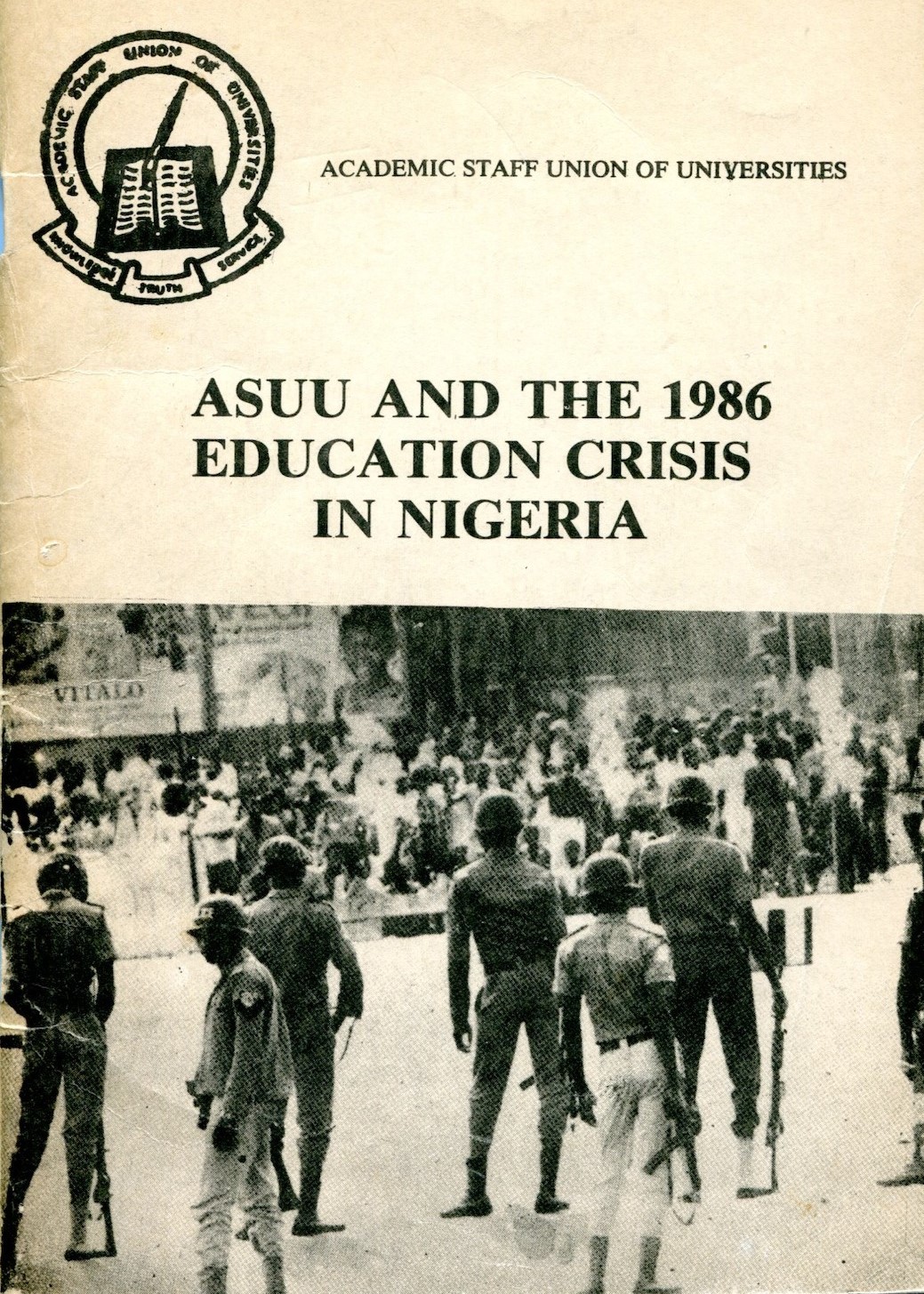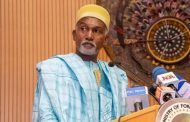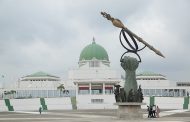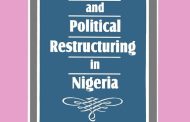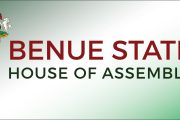By Ahmed Aminu Ramatu YUSUF
The Ahmadu Bello University, Zaria, Ango-Must-Go protest of May 22-23, 1986, led to the shooting, raping and killing of students and other citizens by police. The protest, triggered by Professor Ango Abdullahi’s expulsion and rustication of students’ leaders, led to a national confrontation between the Babangida government and the National Association of Nigerian Students (NANS), led by Emmanuel Ezeazu.
The escalation was due to: one, the usage of live-ammunition to quell students’ solidarity marches – which led to more injury and death; two, Abdullahi’s statement of “no regrets in inviting the police … only four died” – which the Daily Times of May 28, 1986, described as “display of heartlessness and nonchalance of Ango Abdullahi over human lives”; and Police Commissioner Nuhu Aliyu’s justification that the “law authorised them (police) to shoot” – which the New Nigerian of May 30, 1986 described as “fascist-like rationalization of the ABU killings”; three, the lackadaisical handling of the crisis by the Babangida government, which refused to pacify the nation; and four, the popular disenchantment with the government’s anti-working people programme of Structural Adjustment.
The NANS warned progressive and democratic forces “that fascism is already on the agenda in Nigeria” and directed its members to mobilise students, including secondary and primary children, to solidarise with ABU students. The Students’ Union of University of Lagos called on “all mass democratic organisations to show the present regime the way out.” Students marched within and outside their campuses, held night vigil in their schools, destroyed campus police posts, barricaded major roads, burned government vehicles and disrupted government activities. They carried coffins, crying, wailing and shouting “We want to die”; and “Police kill us”! Ife students burned down a police station, and went to Ife Prison Yard and “liberated” 218 in-mates, before setting it ablaze. Kaduna Polytechnic students burned down a police barrack consisting of 42-block of flats, in response to police usage of live-ammunition against them. Placards carried by demonstrators read: “We dey Read, Dem dey Kill”; “We dey Born, Dem dey Kill”; “Zaria Killing is a Coup Against Our Generation”; “Students Today, Who Next” “Nigeria in South Africa”; “One Cause, One Class, One Struggle”; etc. Governments, as a result, closed schools, especially tertiary educational institutions.
Journalists were equally enraged, but reported the protests fairly. It was observed that, whatever the accusation of youthful exuberance and “infantile” radicalism against Nigerian students, they have never been known to carry arms against constituted authorities; and that those raped and killed were not engaged in demonstrations. Police drove them out of their hostels and classrooms and they became casualties. “Whoever authorized the shooting”, The Guardian of May 29, 1986 editorialised, “should be held responsible. His is not an act of a patriot, or lover of law and order, but of someone who seems to prefer anarchy to order…” The Daily Times of May 27, 1986, wrote that the unguarded actions of the overzealous police tarnished “the good image of this government. For there is no fundamental human right more valid than the right to life.” Renowned journalist, Ray Ekpu, argued that the “popular criticism against youth is lack of restraint, but adults can be guilty of it. However, you looked at it, there can be no justifiable reasons why armed policemen can be permitted to shoot at unarmed students with live bullets … Law and order cannot be the semantic equivalent of terrorism, the same kind of terrorism that made Soweto and Sharpeville dark chapters of South African history.”
The crisis equally provoked a national confrontation between the government and the Nigeria Labour Congress, NLC, led by Ali Chiroma. NLC refused to be part of, or collaborate with, government’s Abisoye Panel, charged with investigating the ABU crisis, on grounds of not being representational and democratic. It resolved to hold a “National Day of Morning” on June 4, 1986, to be observed by peaceful marches nation-wide in solidarity with Nigerian students. Government aborted the march, in Chiroma’s words, through the mobilisation of the entire security forces and a declaration of “an all-out war, by land, sea and air against unarmed workers, more serious than even the shoot-at-sight order.”
The New Nigerian of May 30, 1986, described the confrontations as “a season of madness.” NANS, NLC and ASUU, however, saw it as a “season of solidarity”. The lesson to be discerned from Ango-Must-Go and the confrontations therefrom are countless. But, for sure, any government interested in constructing a united, developed and prosperous nation must start from the classroom. For students are a microcosm and an organic composition of society as whole. No nation has ever developed more than that its educational institutions, as they are the centre of excellence. Therefore, when students are shot, injured, raped and killed, so is the nation shot, injured, raped and killed. Humiliate and destroy the campuses, so is the nation humiliated and destroyed.
The military juntas led by Obasanjo, Buhari, Babangida and Abacha subverted academic freedom, undermined campus autonomy and destroyed educational institutions. In so doing, they underdeveloped Nigeria politically, economically and culturally. The 1986 crisis was a resistance against military destruction of education and a cry for democracy, development and social justice. If the current democracy is to grow and blossom, the injustices committed against education must be addressed, with the goal of, at least, returning the schools to what they were in the 1960s and 1970s.
The author is a retired Federal Civil Servant of Nigeria and can be reached via aaramatuyusuf@yahoo.com

